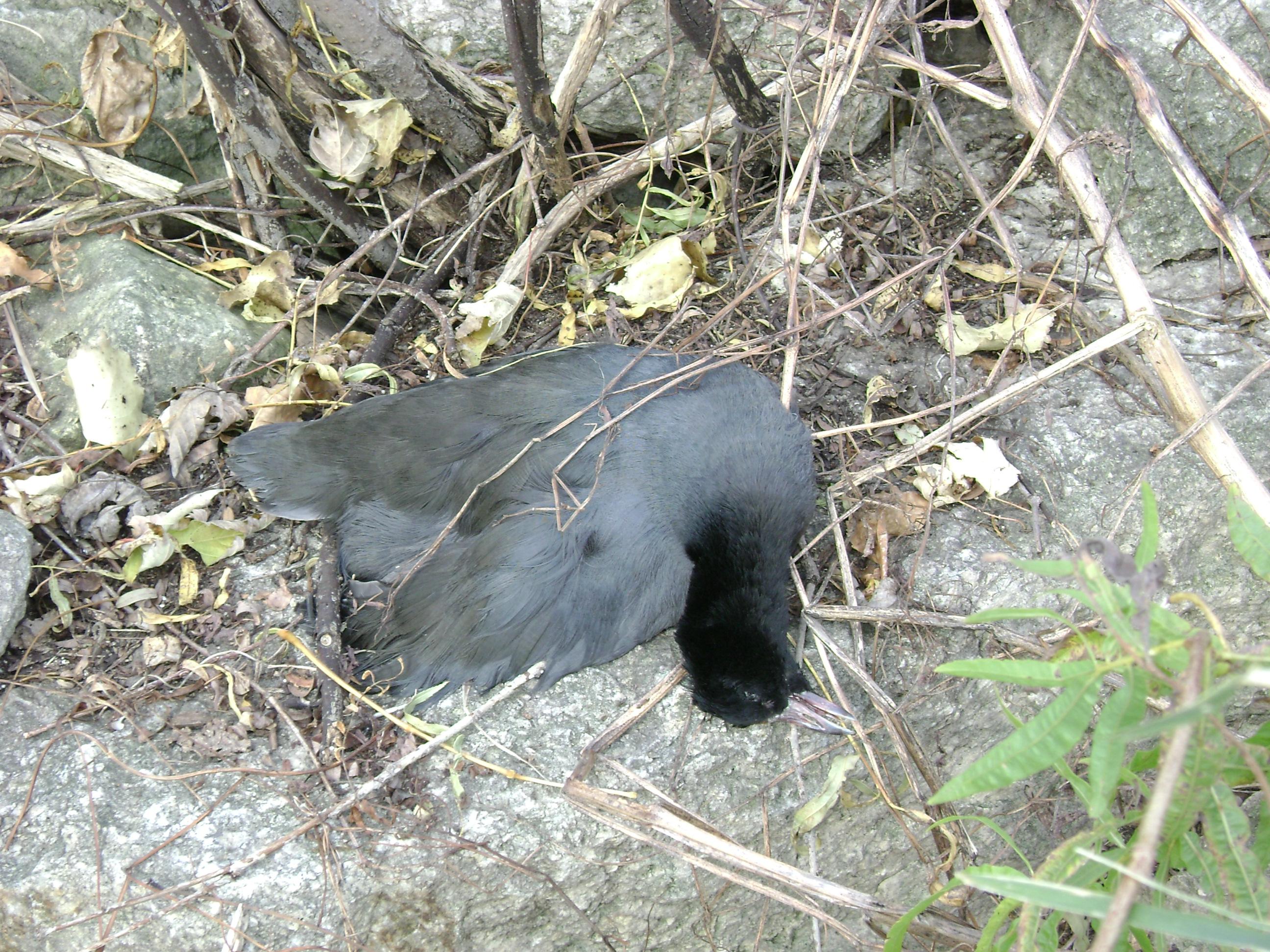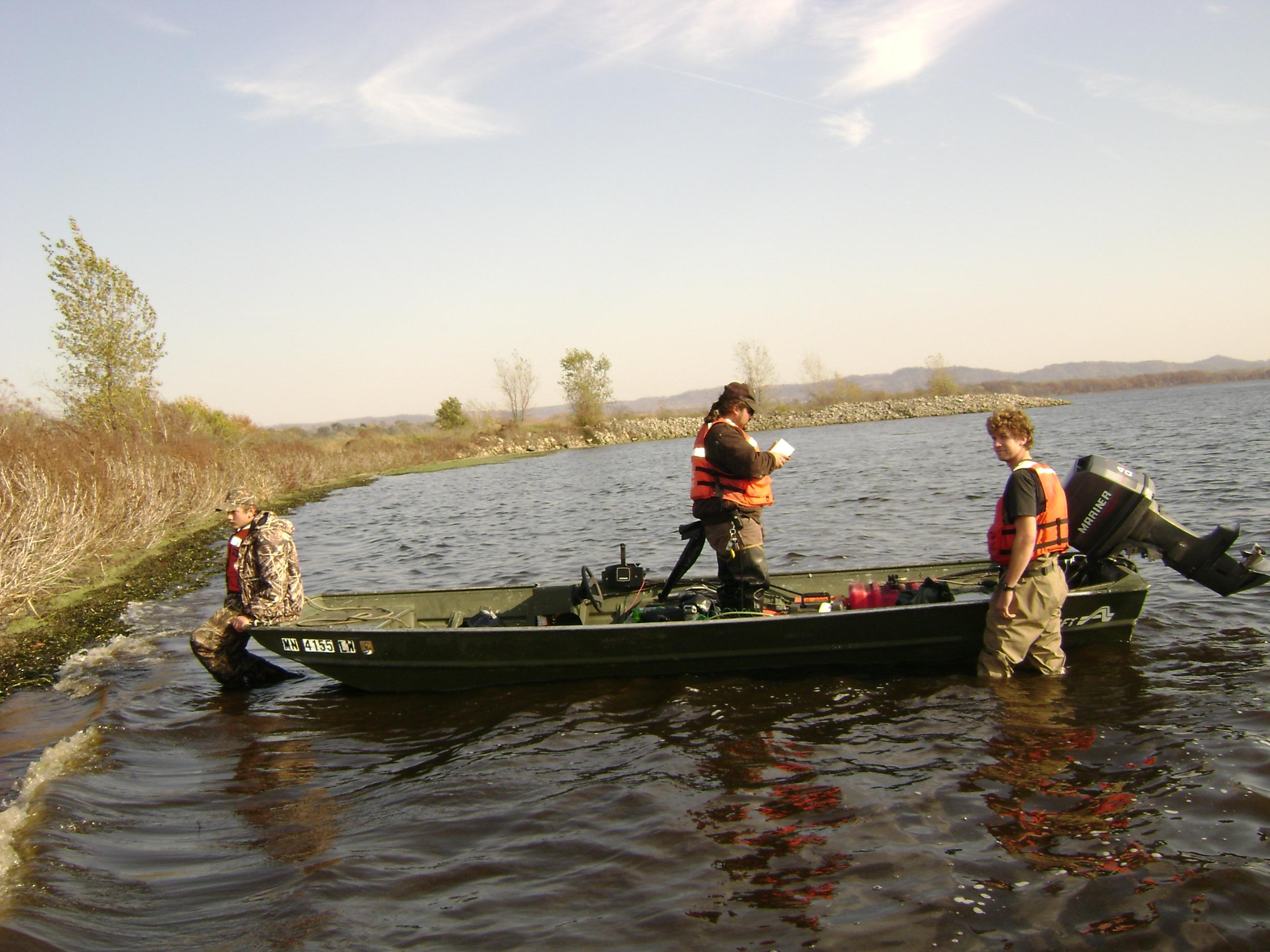Nutrition
The parasite will become attached to the intestinal lining of the definitive host within 24 hours of being ingested (Erasmus, 1972). In order to become attached Cyathocotyle bushiensis uses its holdfast to pull in tissue of the host's intestine. The holdfast is a "cup-shaped chamber" according to The Biology of Animal Parasites. The muscle associated with the holdfast is located on the ventral side of the organism and is used to pull in the tissue for attachment. The holdfast also contains secretory cells that could be involved in synthesis because of the amount of protein and RNA granules located there. These spindle shaped cells secrete multiple enzymes. Some of these enzymes are alkaline, phosphatase, esterase, and leucine aminopeptidase. All of these enzymes help C. bushiensis deteriorate the epithelial cells lining the caecum of the duck it has inhabited (Cheng, 1964).

The above coot sat on this rock until it died like this.
Taken by: Greg Sandland
The epithelial cells that are removed from the caecal lining are ingested by C. bushiensis and digested intracellularly. Before the cells are ingested they are broken down by extracorporeal digestion. By this process the epithelial cells become a granular material, which is easier for C. bushiensis to digest (E. Noble & G. Noble, 1976).

Above is a picture of some men assessing the number of dead waterfowl in 2007.
Taken by: Greg Sandland
To learn more about the adaptations of the nutrient uptake please see the Adaptations page.